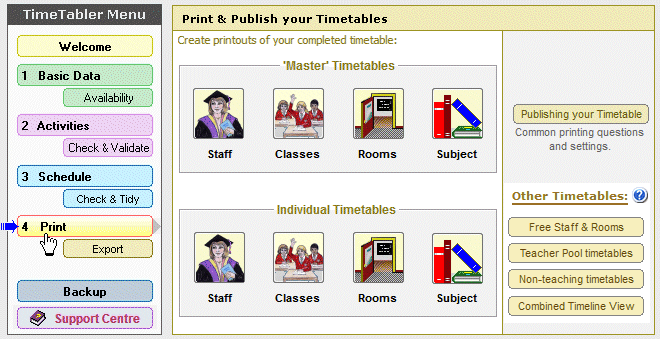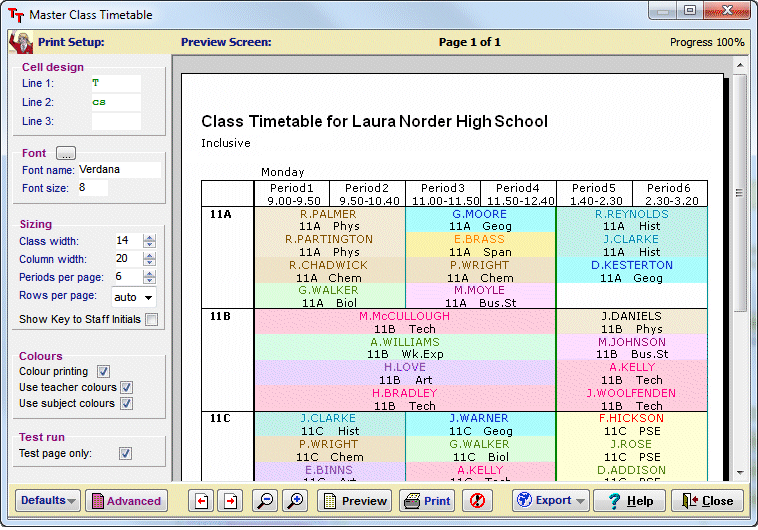Physics for You
When Keith Johnson’s Physics for You textbook burst on the UK publishing scene in 1978 it had a profound effect on textbook publishing.
Before 1978 science textbooks were dry, dull, humourless, with high reading ages and few illustrations. Physics for You changed that, in over 20 ways described below.
| The Cover | 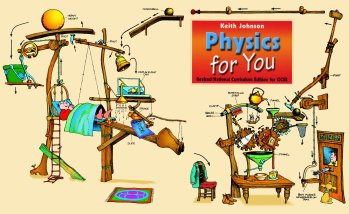  |
|
|
| Cartoons | 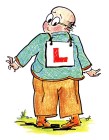  |
|||
|
||||
| Double-page Spreads | 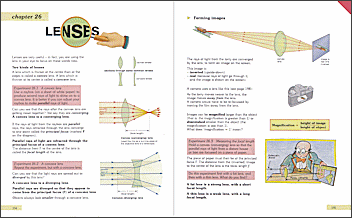  |
| Keith insisted that every double-page spread was designed by him as an entity, with no sentences split between pages. Each new topic was introduced and developed on a single page, or more usually on a double-page spread.This approach in itself immediately made the book more accessible to the reader [6], [7]. |
| Personal pronouns |
| Throughout the book Keith Johnson used personal pronouns where possible (you, your, we, our, etc). (This was thought to be unacceptable in earlier science books.) Using ‘The cat sat on your mat’ rather than ‘The cat sat on the mat’ draws a more personal response from the reader, to engage them in the text. |
| In research in 1997 into the Human Interest Scores of a range of UK science textbooks, Keith found large disparities in the way that the textbooks used personal words [8]. Physics for You out-classed every other Physics book [9]. |
| Reading Age |
| There are many aspects to Readability, some researched by Keith Johnson [10], [8]. Some of these aspects have been discussed above, but one of the most crucial is the Reading Age of the text. For a pupil to read independently (without help, but with comprehension) the Reading Age of the text should be 2 years below the pupil’s Reading Age. The Reading Age of text can be determined in several ways [11]. |
| Research done in 1978 by Keith Johnson [12] showed that many Physics books at the time were well off the scale, and only Physics for You had a reading age of 13 years or less. A few years later in 1986, follow-up research by Chris and Keith Johnson [13] showed that the average reading age of UK physics texts had dropped by a year, perhaps because of increased awareness and the example and success of Physics for You. In 1998 the ‘4F’ method of determining reading ages [8] showed that Physics for You still had the lowest reading age (at 12 years) of any UK Physics textbook. |
| People / faces / hands | |
| To enhance the reader’s personal response to science, as well as personal pronouns in the text (see above), the illustrations included where possible: | |
| People, or at least hands, rather than disembodied apparatus shown in earlier textbooks, with | |
| hands or faces of suntanned colour, not white/pink, to be more acceptable to different ethnic groups, and | |
| for situations involving people, hand-drawn artwork with texture, not the crude bland computer-drawn artwork seen so often now. | |
| Research by Keith Johnson [8] [9] showed that many textbooks did not pay much (or any) attention to this personal aspect of a reader’s interaction with a text. | |
| Formulas |
| All formulas were placed prominently in red boxes, with the units clearly shown next to each quantity, in the style now often used by examination boards. |
| Revision Aids |
| Physics for You was the first textbook to include sections on Revision Technique [14] [15] and Examination Technique [16]. |
| Other learning aids include sections on ‘Doing your Coursework’, ‘Key Skills’, and ‘Check your Maths’. Pages with more difficult topics are marked with a red corner, so they can be omitted for a first reading. |
| Limericks, jokes, rhymes | A railway mechanic was sent To lay down some track across Kent, He forgot to design Some gaps in the line, And when it got hot, it went bent. |
| Another novel feature of Physics for You was the inclusion of jokes, limericks and other rhymes. The jokes are ‘corny’ but have a humorous relevance to the topic, as do the limericks [17] : |
For more about Keith Johnson see Wikipedia : https://en.wikipedia.org/wiki/Keith_Johnson_(author)


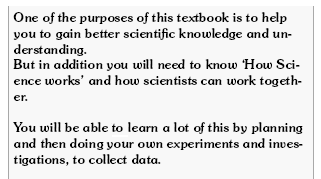
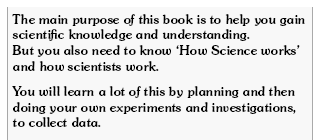
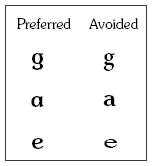


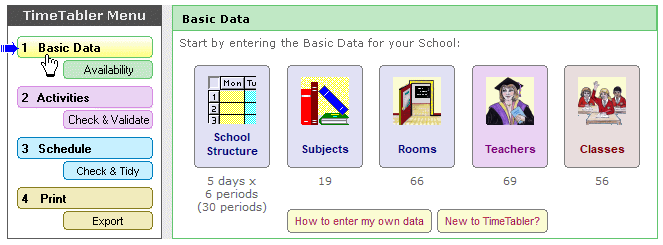
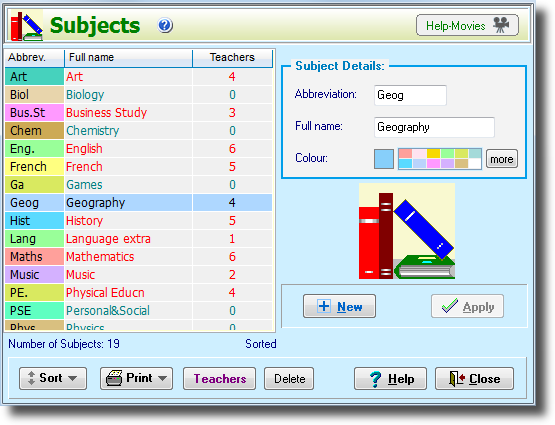
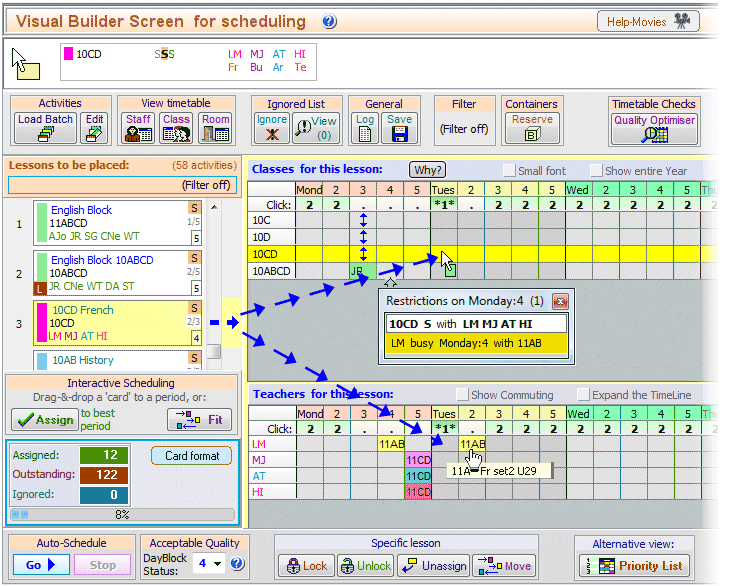

 button.
button.